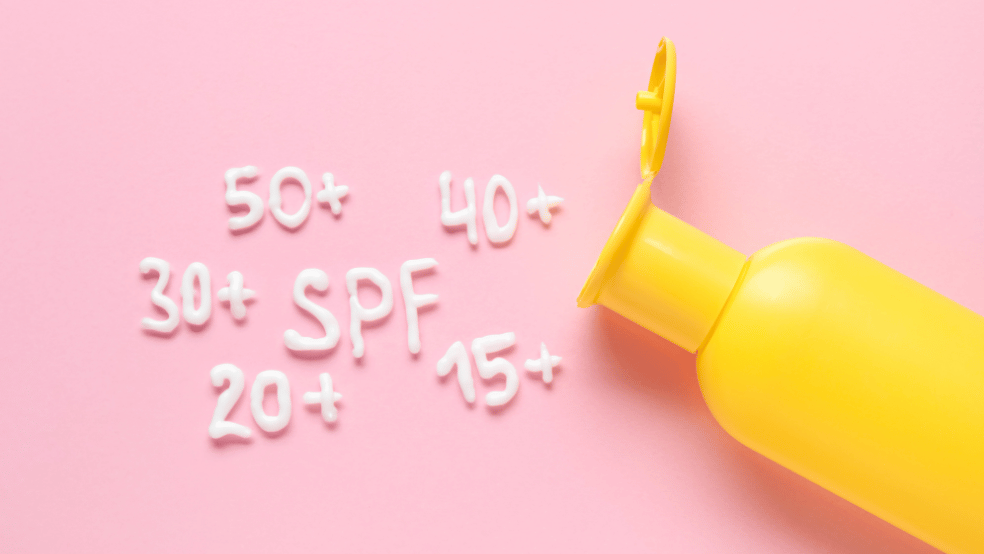Sunscreen is a non-negotiable when it comes to protecting your skin from sun damage, but with so many brands on the market, it’s fair to wonder: Is Coppertone sunscreen safe to use?
Coppertone is one of the most well-known sunscreen brands in the U.S., with a long history and a wide range of products. But not all sunscreens are created equal—especially when it comes to ingredients, skin sensitivity, and health concerns. So let’s break it down.
The Good: Mineral-Based Options Are a Safe Bet
Not all Coppertone products are the same. Some of their sunscreens, particularly those in the Coppertone Pure & Simple line, use zinc oxide as the active ingredient—a mineral UV filter that sits on the skin’s surface and reflects UV rays.
Zinc oxide is considered one of the safest sunscreen ingredients. It’s broad-spectrum, non-comedogenic, and unlikely to irritate sensitive skin. These mineral-based formulas are also free from:
- Oxybenzone
- Octinoxate
- Fragrance
- Dyes
- Parabens
- PABA
- Alcohol
So if you’re looking for a Coppertone sunscreen that’s safe for babies, kids, or sensitive skin, Coppertone Pure & Simple is a solid choice.
The Concern: Chemical UV Filters in Other Coppertone Products
While the mineral sunscreens are a win, many other Coppertone products use chemical UV filters like:
- Avobenzone
- Homosalate
- Octisalate
- Octocrylene
Here’s the catch: these ingredients absorb into the skin and have been detected in the bloodstream, breast milk, and urine in some studies. While this doesn’t automatically mean they’re dangerous, there are ongoing concerns about hormone disruption, allergic reactions, and long-term exposure.
For example:
- Homosalate and octocrylene are restricted in Europe due to safety concerns at certain concentrations.
- Octocrylene can degrade into benzophenone, a potential carcinogen.
- Oxybenzone, found in many sunscreens (though not all Coppertone products), is one of the most controversial—it’s linked to hormone disruption and coral reef damage.
The FDA is currently reviewing the safety of these chemicals, and as of now, they haven’t been proven safe under current U.S. sunscreen regulations.

The 2021 Recall: What Happened?
In 2021, Coppertone voluntarily recalled several aerosol sunscreen sprays after detecting benzene—a chemical known to cause cancer—in certain batches. The affected products included:
- Pure & Simple SPF 50 Spray
- Pure & Simple Kids SPF 50 Spray
- Pure & Simple Baby SPF 50 Spray
- Sport Mineral SPF 50 Spray
- Coppertone Sport Spray SPF 50 (travel size)
The recall didn’t apply to all products, but it raised concerns about product contamination and quality control.
So… Is Coppertone Sunscreen Safe?
The short answer: It depends on the product.
✅ YES, if you’re using one of their mineral sunscreens (like Pure & Simple with zinc oxide), especially for sensitive skin, babies, or daily wear.
❌ Maybe not, if you’re using one of their chemical-based formulas, especially if you’re concerned about absorption, hormone disruption, or ingredient safety.
🚫 Avoid any recalled or expired products, especially aerosol sprays, until more safety measures are in place.
What to Look for Instead
If you want peace of mind, go for mineral sunscreens with:
- Zinc oxide or titanium dioxide as the only active ingredients
- Broad-spectrum SPF 30 or higher
- No fragrance, parabens, or harsh preservatives
Brands like Coppertone Pure & Simple, Blue Lizard, Thinksport, and Badger often make the cut for being clean and effective.
Final Thoughts
Coppertone offers both safe and questionable options—so it really comes down to reading the label. If you’re sticking with the mineral versions, you’re likely in the clear. But if you’re using the more traditional chemical blends, it’s worth doing a little ingredient sleuthing.
Sunscreen is a must, but informed sunscreen is even better.
